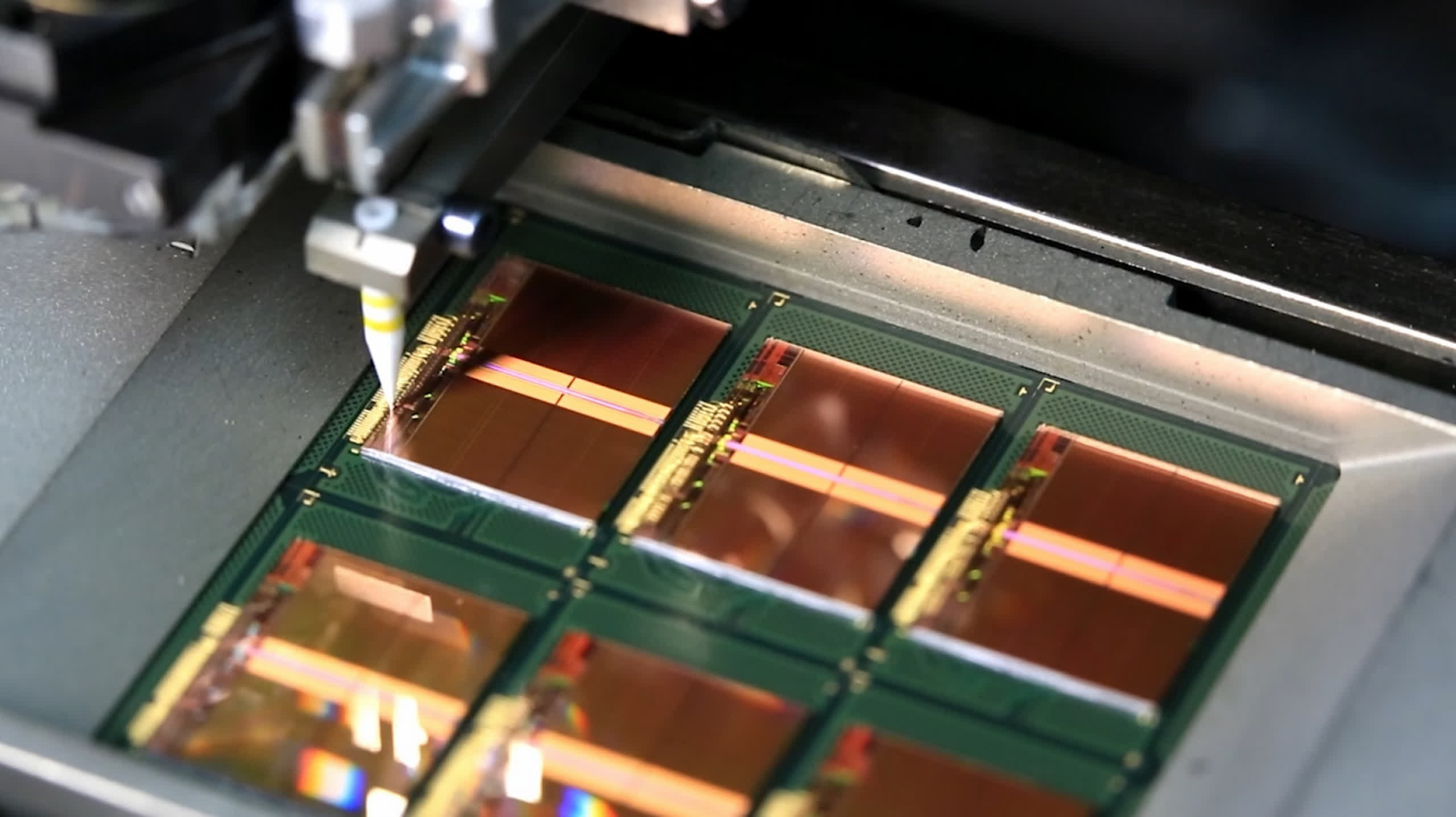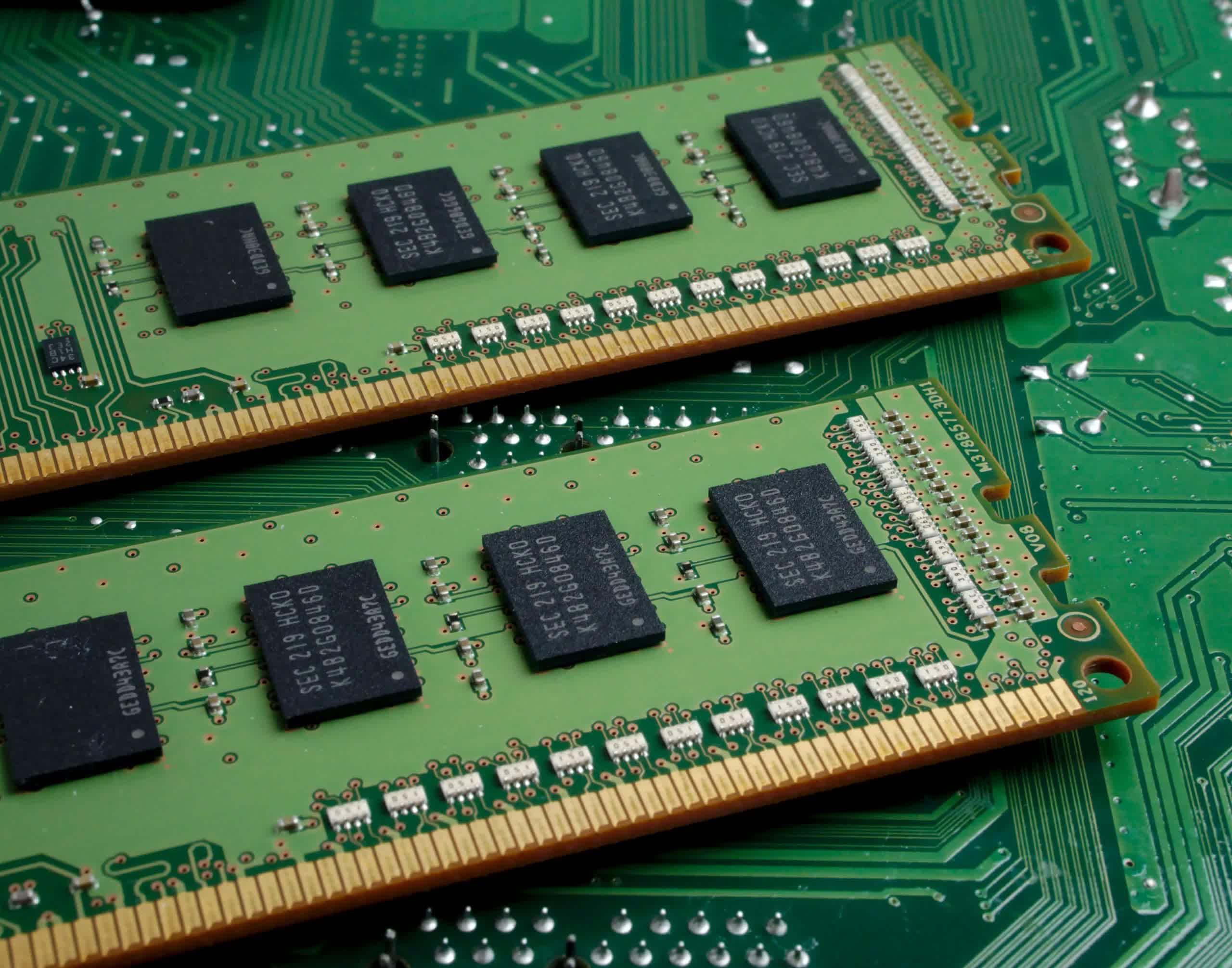In brief: After climbing for three straight quarters, DRAM prices have largely stabilized and are expected to trend downwards in the coming months. PC manufacturers hold enough stockpiles of memory to put additional pressure on prices for the coming quarter, meaning retail prices could see a small improvement.
With current chip shortages, this isn't the best time to buy more RAM or integrate it into a new PC build. Dial back a few months, and the situation was looking a bit pessimistic due to a combination of high demand and limited supply that was causing prices to slowly creep up with each passing month.
According to a report from TrendForce, however, that trend may be coming to an end faster than anticipated.
Specifically, contract prices for consumer DRAM are now expected to see up to a five percent drop by the end of this year. One reason for this is that PC manufacturers have built substantial stockpiles of DRAM just in case the ongoing chip shortage gets worse, which in turn caused memory manufacturers to adjust their prices downwards to move more inventory.

Spot prices for DRAM have also been in free fall, dropping 32 percent between the end of May and the beginning of this month. With demand for laptops going down as more people return to the office, DRAM demand is also expected to go down as a result. While this doesn't necessarily mean we'll see substantially lower memory prices in the coming months, it does suggest that another price hike like what happened in the first half of 2021 is unlikely in the short term.
TrendForce says some manufacturers now hold enough DRAM inventory to last 8 to 10 weeks, with some carrying more 12 weeks worth of inventory. That could lead to a further decrease in DRAM products for the desktop market over the next few months, while mobile DRAM prices will remain the same.
Earlier this month, the market analysis firm also looked at graphics memory price trends, and noted that fluctuating cryptocurrency valuations have had a marked effect on the market.
GDDR5 and GDDR6 prices saw a sharp drop in the third quarter when compared to the previous one, but that has yet to produce a comparable decline in retail graphics card prices. There are signs of Nvidia RTX 30 series GPUs getting cheaper in places like Germany, but we're still a long way from being able to find these parts at MSRP prices.
Masthead credit: Michael Dziedzic
